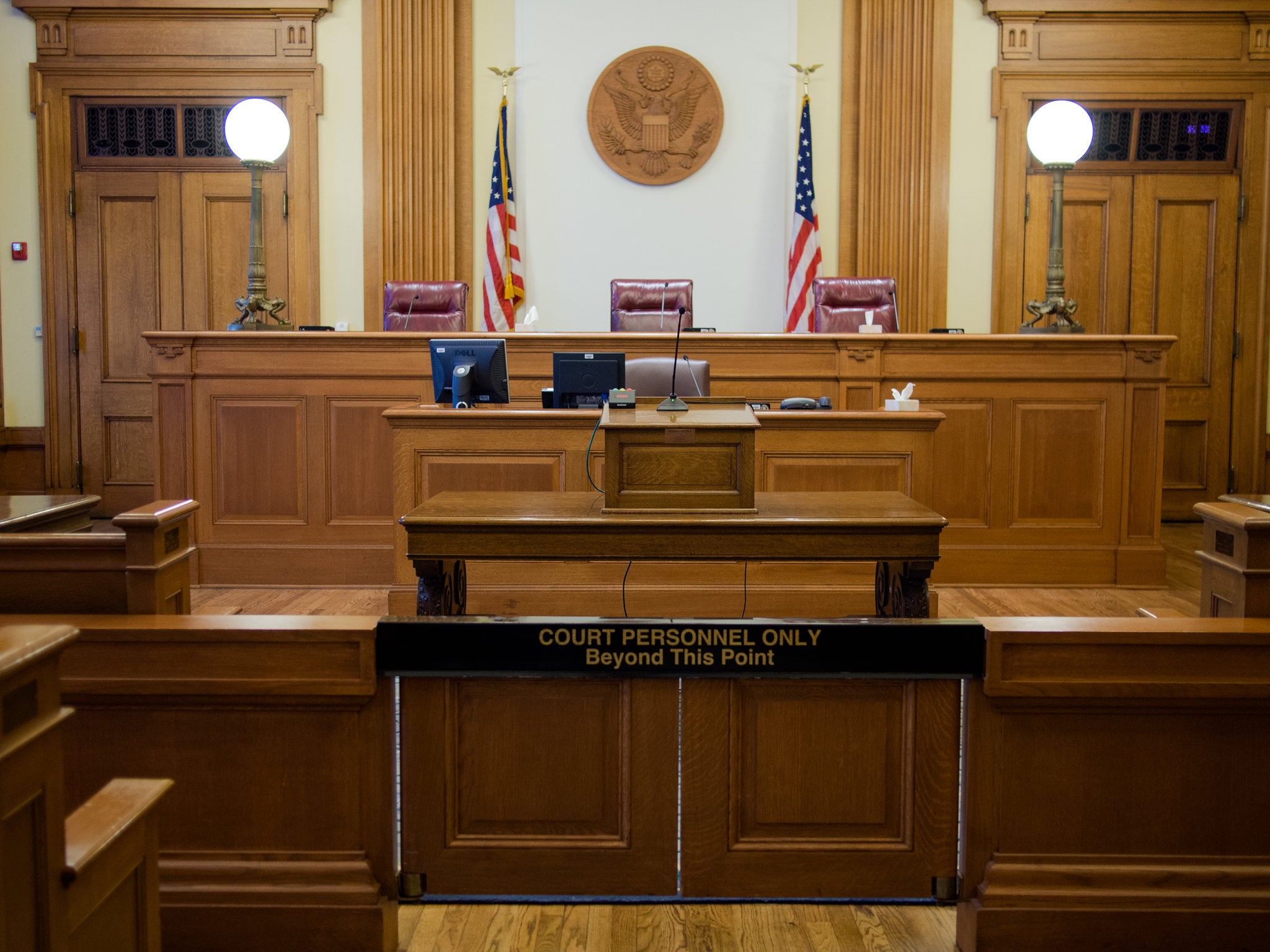Social media can be a fun distraction, but also a useful tool. Larry Meiller finds out how it can help in a job search.
Featured in this Show
-
Expert: Social Media Is Important Tool For Job-Seekers And Hirers Alike
Social media isn’t just for keeping up with friends and family — it can also be used by job-seekers to connect with hirers, and vice-versa.
Don Stanley is a faculty associate in life sciences communication at the University of Wisconsin-Madison, where he teaches social media and Web courses, and is also the owner of 3Rhino Media, a social web and strategy business. He said that on the job market, having a presence online can be an important component of a job search. Stanley said that is especially true because studies show that the time that a human resources professional has to review a résumé is 8 seconds.
“Your résumé really doesn’t give you a chance to stand out,” Stanley said.
Enter social media. Today, tools like Facebook, Twitter and even blogging services are used by hirers and by job-seekers alike.
For those with positions to fill, Stanley said that networking to let people know that a job is open is common, and that there is often a social media element.
In addition, one of the first places that hirers go to check out a candidate is on social media — often their Facebook or LinkedIn profile.
“It’s a great opportunity for the HR people to scan lots of potential candidates by looking at profiles,” said Stanley. “Then, going to Google and doing a simple search to see ‘Who is this Larry Meiller? Who is this Don Stanley? Might they be a viable candidate?’”
As for job-seekers, preening a social media presence isn’t something limited to people in tech fields. Stanley related the story of an undergrad student in his social media class, who was in her final semester of college and hoping to break into the field of science writing, which can be quite competitive. At Stanley’s recommendation, she started a blog with her science writing. In addition, she used a formula that Stanley teaches in his class that optimizes her chances of getting seen on LinkedIn, Twitter, and Google searches.
Stanley’s student set a goal for herself of getting published in Scientific American. That’s a fairly lofty objective for an undergrad. But after only a couple of weeks of keeping her blog up to date and using those other social media tools to drive traffic to it, she excitedly told Stanley that the head of social media for the magazine was following her on Twitter.
The good news continued. A couple more weeks passed, and she told Stanley that the Scientific American staffer had shared some of her social media posts. Thanks to that, she was able to connect directly with some key people on the editorial side of the magazine. And when Scientific American profiled young science writers around the world to watch, Stanley’s student made the list.
That exposure translated into three job offers. Moreover, Scientific American sent her around the globe to talk with scientists to discuss the importance of science communication.
“One of the neat things,” Stanley said, “is that five, 10, 15 years ago, she would not have been able to reach out to and connect with the people of influence at Scientific American. But now, she can.”
Episode Credits
- Larry Meiller Host
- Judith Siers-Poisson Producer
- Don Stanley Guest
Wisconsin Public Radio, © Copyright 2024, Board of Regents of the University of Wisconsin System and Wisconsin Educational Communications Board.

